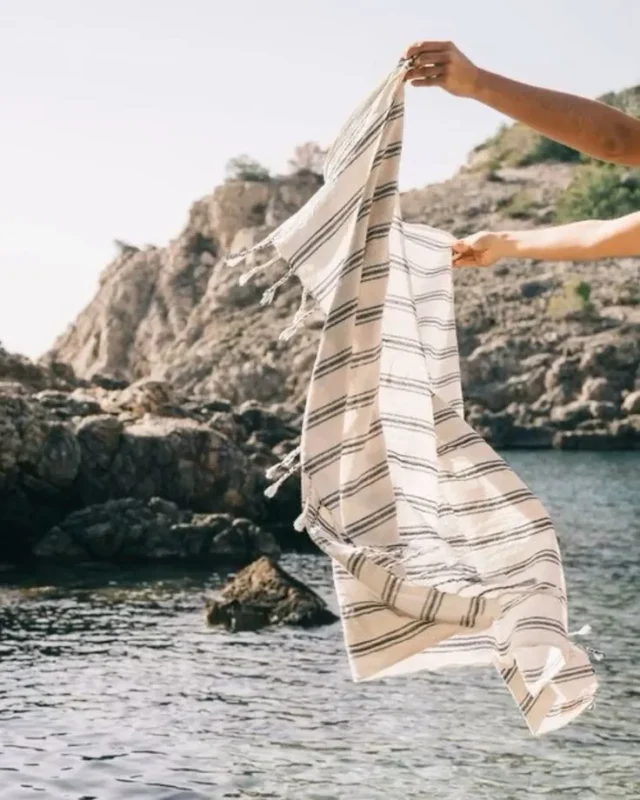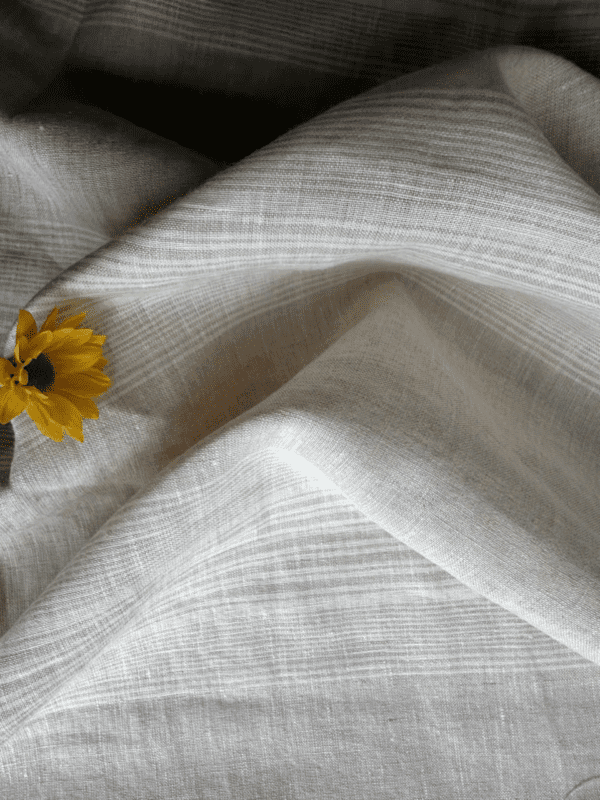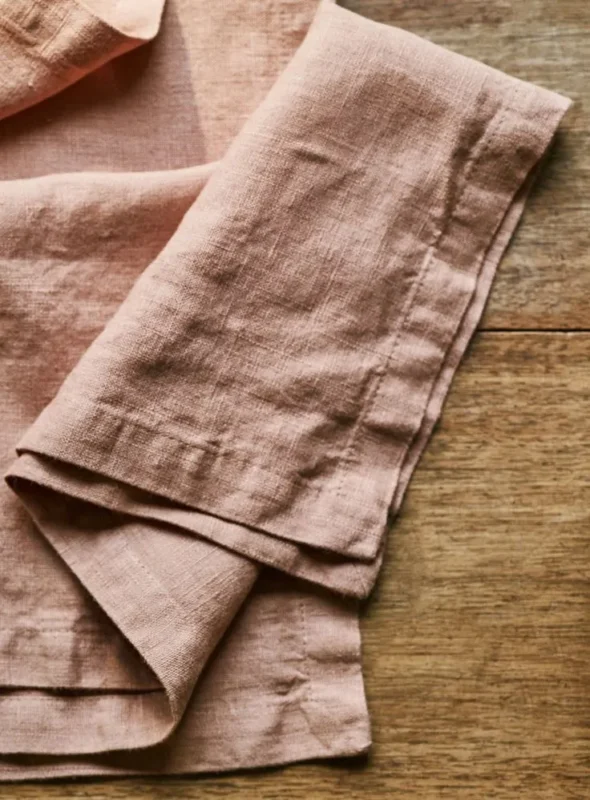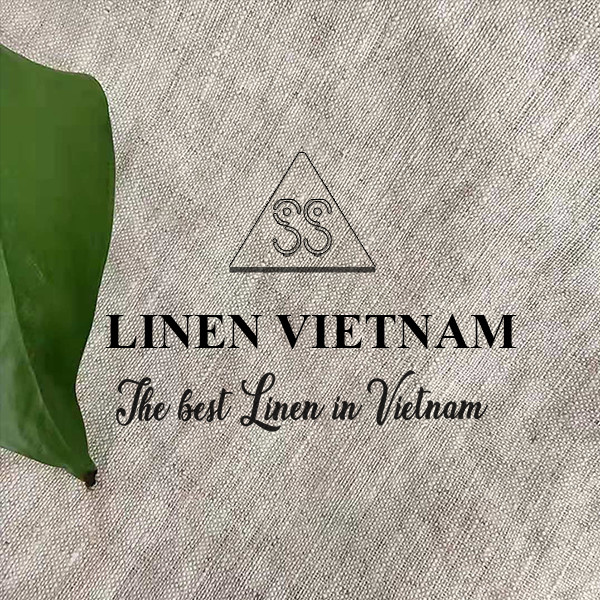Bài viết
IS CHINESE LINEN GOOD? COMPARISON WITH EUROPEAN LINEN
Linen fabric is becoming increasingly popular in fashion and interior design due to its durability, breathability, and natural beauty. However, not all linen fabrics have the same quality. One of the most common questions is whether Chinese linen is good and how it differs from European linen.
Let’s take a closer look at European linen, Chinese linen, and how to distinguish Chinese linen to make the best choice.
Table of Contents
European Linen: Advantages and Disadvantages
European linen, including French linen, Belgian linen, and Italian linen, is considered the highest-quality linen worldwide. This is due to the natural flax fibers grown in ideal temperate climates and strict manufacturing processes that result in durable, smooth, and soft fabric.
Advantages of European linen
Premium fiber quality
Flax plants grown in Europe benefit from a temperate climate, abundant rainfall, and fertile soil. This results in healthier, longer, and stronger flax fibers, making the linen fabric smoother and less prone to pilling.
The quality of linen fabric highly depends on the retting process. Over-retting weakens the fibers, while under-retting makes it difficult to remove impurities, leading to potential fiber damage during processing.
One key factor in French linen’s superior quality is the Lys River, which plays a crucial role in France’s long history of linen production. The highest-quality linen is retted in the Lys River. Since the Lys River also flows through Belgium, both France and Belgium are the leading countries in premium linen production today.
Color durability and low shrinkage
European linen is often yarn-dyed before weaving, ensuring better color retention compared to Chinese linen.
High durability
With European-standard production processes, imported European linen can last for decades if properly maintained. In Europe, linen is considered a cultural symbol, passed down through generations.
Ideal fabric width
Common widths range from 1.5m to 2,8m, making it versatile for both fashion and home interiors.
Disadvantages of European linen
High cost
European linen is expensive due to high production costs and strict environmental and labor standards.
Limited color variety
Targeting the European market, European linen often features natural, neutral, and elegant shades, with fewer color options compared to Chinese linen.
Chinese Linen: Advantages and Disadvantages
Chinese linen is made from flax grown and woven in China. While it is significantly cheaper, its quality is lower than imported European linen.
Advantages of Chinese linen
Affordable price
This is Chinese linen’s biggest advantage. Since it is produced domestically without the need for imported materials, it is much cheaper than French or European linen.
Wide color range
Chinese linen offers a diverse color palette, catering to various fashion and interior trends, especially in the Asian market.
Easy to find
Produced in large quantities, Chinese linen is widely available at different price points.
Disadvantages of Chinese linen
Lower fiber quality
Due to unsuitable climatic conditions, flax plants grown in China tend to be weaker, shorter, and more brittle. As a result, Chinese linen has a rougher texture, is more prone to pilling, and is less durable.
Wrinkles easily and wears out quickly
Chinese linen has lower durability, wrinkles more easily, and deteriorates faster than European linen.
Poor color retention
Most Chinese linen is piece-dyed, meaning colors fade faster after washing.
Rough texture and itchy feel
Some cheap Linen Tung fabrics are not properly finished, making them feel dry, stiff, and even itchy when worn.
How to identify Chinese linen?
Linen Tung has several distinctive features that can help buyers differentiate it from French or European-imported linen:
- Slightly glossy surface: Due to its short and dry fibers, Chinese linen appears shinier than European linen.
- Dry, stiff hand Feel: It tends to be stiffer, especially before washing, and lacks the softness of European linen.
- Wrinkles and creases easily: When crumpled, Linen Tung retains deep creases that take longer to recover.
- Diverse colors but quick fading: While Linen Tung comes in many colors, its dyeing method makes it more prone to fading after multiple washes.
Which linen should you choose?
The choice between Chinese linen and European linen depends on your needs and budget.
- If you want the highest quality, long-lasting linen: Choose French-woven French linen or European-made linen. These fabrics are premium, colorfast, soft, and can last for years.
- If you need good quality linen at a more affordable price: Choose French linen woven in China—it uses imported French flax but is woven in China to reduce production costs.
Note: French linen woven in China is completely different from Linen Tung. The key difference lies in the fiber origin. French linen woven in China is made from 100% European flax and produced in Chinese factories that meet OEKO-TEX and EUROPEAN FLAX standards. This allows it to be exported to strict markets like Europe and Western countries.
In contrast, Linen Tung is made from Chinese flax, which results in lower quality fibers and poorer fabric properties.
French linen woven in China – The balanced choice between quality and price
This option uses imported French flax fibers but is produced in China, reducing labor costs while maintaining high fiber quality.
Advantages of French linen woven in China:
- Long, strong fibers with a smoother texture and better durability than Chinese linen
- Better colorfastness compared to Chinese linen
- More affordable than French-woven French linen
Conclusion
If you are looking for a cheap linen fabric for short-term use, Chinese linen can be an option. However, if you want high-quality, long-lasting, and soft linen, then French linen woven in China or European-imported linen will be the better choices.









